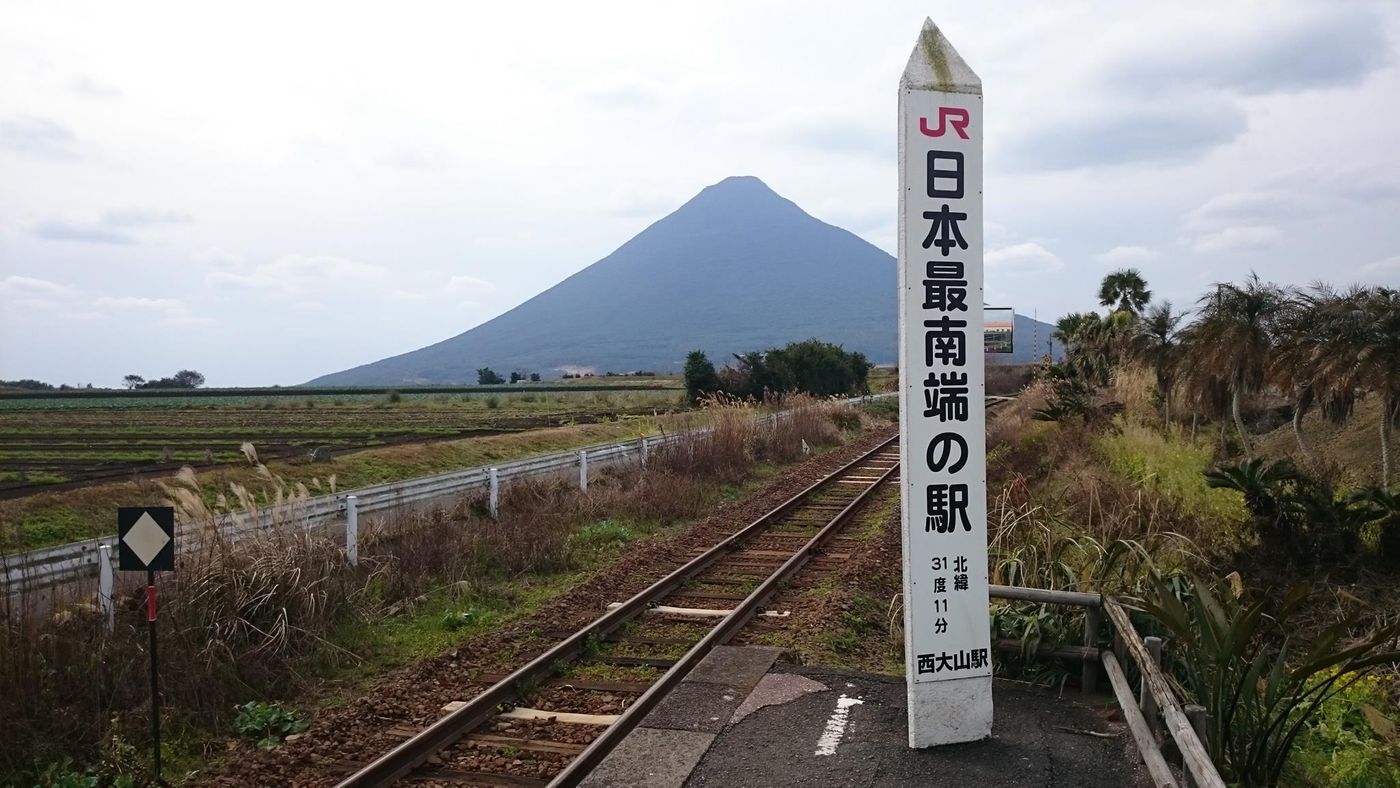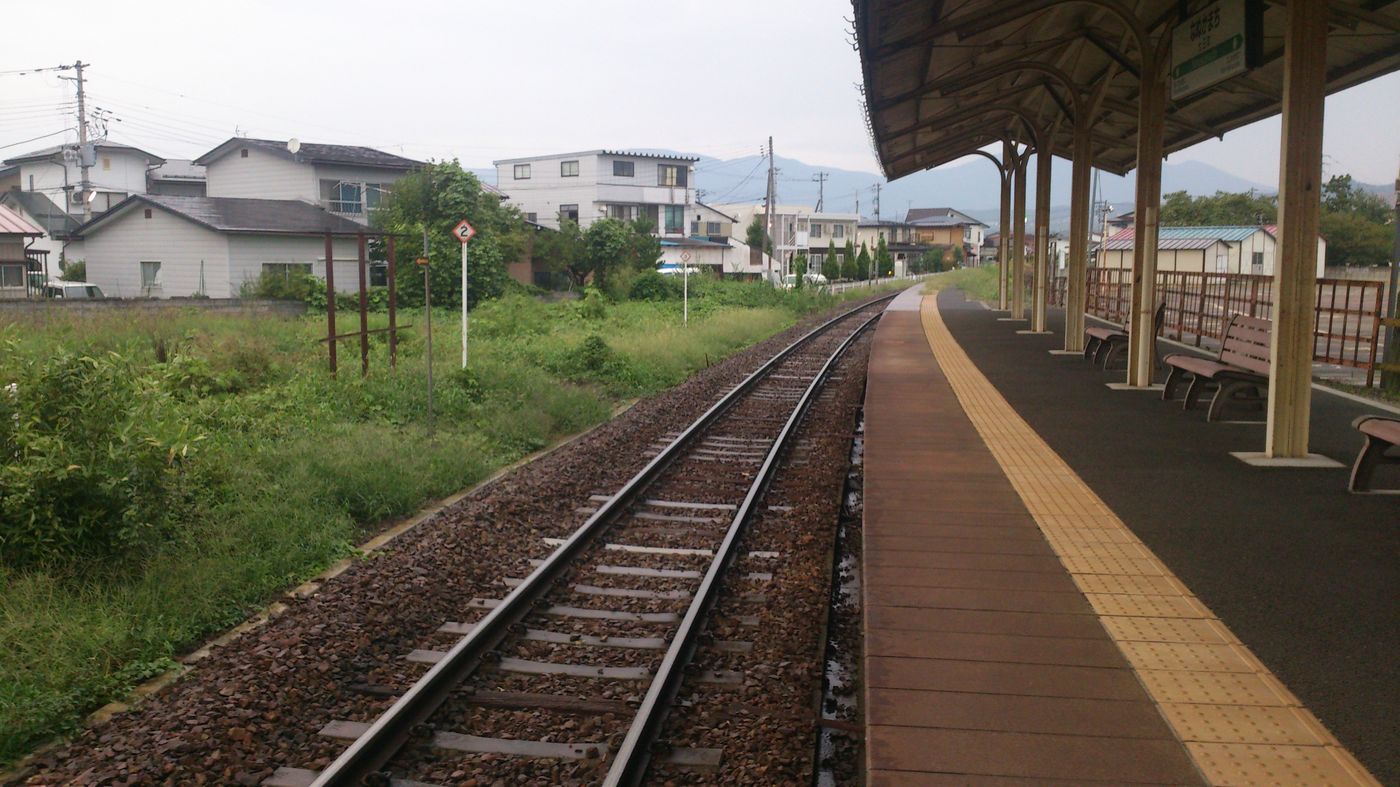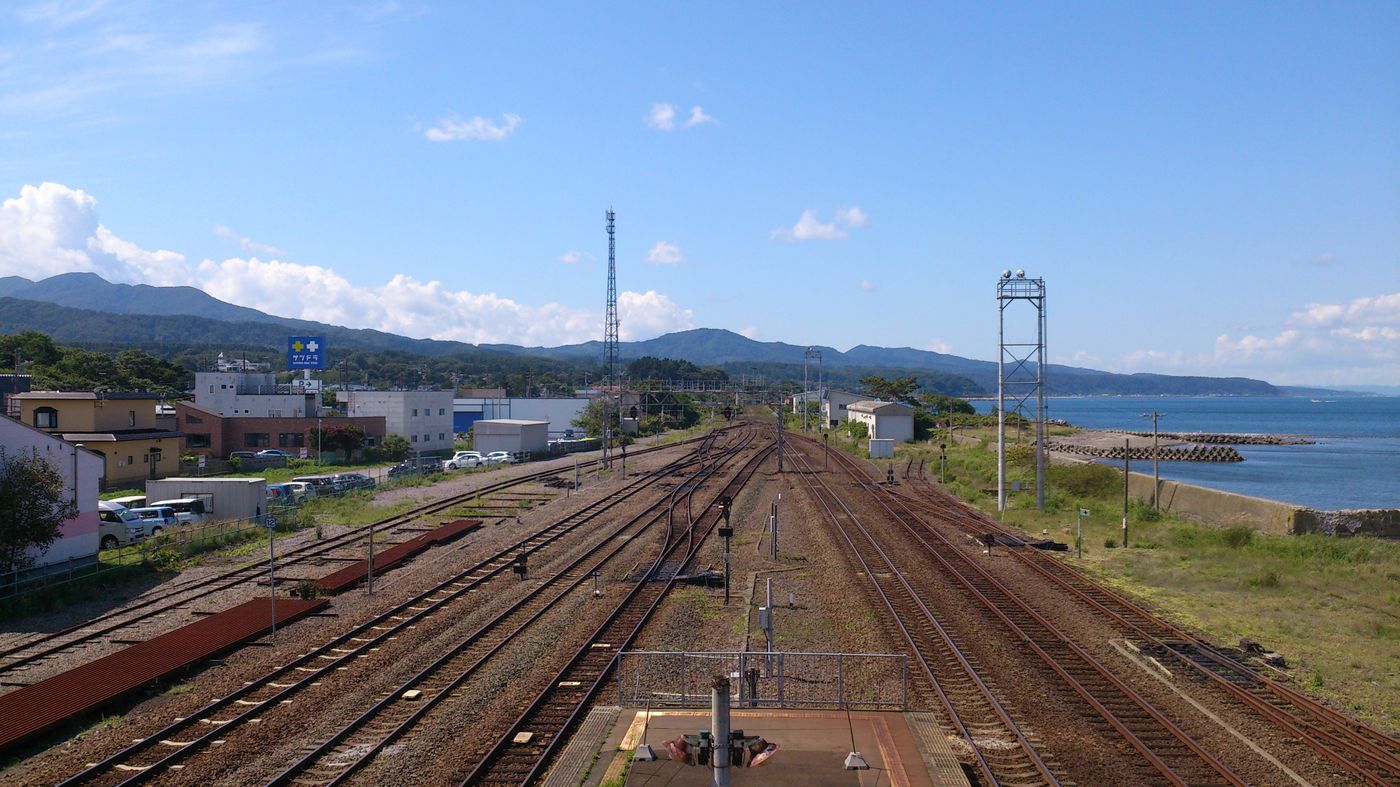[Japanese drama] Tetsuya Michiko, 20,000 Kiro | The railway line will last forever

Did you know that if all the railway lines are connected, it will be 20,000 kilometers?
However, doesn’t travel come and go? If we take travel as the premise, wouldn’t it be 40,000 kilometers?
"Twenty thousand kilometers" is the approximate total kilometers of Japan's six JR railway lines. If we look at the length of electrified railways across Japan, it is about a little over 20,000 kilometers. "Railway fans (鄄道ファン)" and "railroad otaku" (鄄ヲタ) are general terms for railroad enthusiasts. As for female railroad fans, they are also called "railroad children." Among the many railway fans, each has different attributes because they focus on the railway things they are interested in, such as:
- "Travel Rail" or "Travel Rail" (riding train): Take the railway to visit inns or secret places.
- "Photography Iron" (闊鄄): Mainly takes pictures or videos of railways.
- "Sound Iron" (or "Sound Iron"): Prepare your own equipment to record various sounds around the railway for analysis.
- "Mother Railway" (Mama Railway): A mother who became a railway fan due to the influence of her children.
In addition, there are also railway fans who collect train tickets and post stations from various places, study railway rolling stock equipment, or collect models and toys. Of course, there are also researchers of railway history. There is no clear distinction between railway fans of each type.
Since the end of the last century, Japan's railway companies have actively developed the female market; in the 21st century, animation works with female railway fans as the protagonists, "iron artist" and "railway idol" have been frequently exposed, coupled with changes in gender consciousness , all play a role in promoting the growth of female railway fans.
In the play, Michiko Okaneku, played by Yuki Tamaki, is a fashionable OL who is responsible for sales in a furniture company, and Michiko's other identity is a railway otaku. He often uses his spare time or his way back from travel to explore hidden secrets or beautiful scenery on the most local railway lines. Michiko also uses "YUI" as her pen name and contributes irregularly to the "Ryu Tetsudo" magazine. "YUI" is taken from the nickname "YUIRAIL" of the monorail in her hometown of Okinawa. (Actually, Tamaki Yuna is also from Okinawa)
A pocket version of the timetable and a heavy single-lens camera are standard accessories for Michiko in the play. When riding a train, you must have sufficient observation and grasping capabilities for information such as the year of birth of the train, model, power source (gasoline, diesel or electric), and the number of people boarding and disembarking at the station in a single day. Visiting the secret place of the railway, taking a nap in a deserted station building, and rewriting the guestbook are a kind of ritual. In addition, buying special inns and souvenirs from various places is not only about food and consumption, because once you enter a situation where there are no shops around, how can you enjoy the scenery elegantly when you are hungry?
One Christmas when I was in college, I took a tram to get away from the city air and human relationships for a while, and arrived at a distant and deserted station. I blurted out without thinking, "Where is this?" and was caught by the nameless station. The healed Daozi gradually became a railway fan. Every time he travels, he often faces an empty station after getting off the bus. "Where is this?" becomes a mantra that Daozi blurts out intentionally or unintentionally.
Railway fans must have the courage to get off the train halfway when traveling without plans. Faced with sparse trains and exquisite timetables, the loneliness and mystery of being surrounded by mountains and rivers but sparsely populated, and the sense of ruins in the wilderness, you can slow down your pace. Treat it indifferently, be in a place where there may be "nothing" along the way, and experience the meaning of travel that is completely different from mass tourism.
From the JR Hakodate Main Line in the north, to the JR Ibusuki Makurazaki Line in Kyushu, and the Hisatsu Hiroshima Railway, the most beautiful scenery Michiko encounters along the line is not only the trains, station buildings, and stunning scenery, but of course: people, including All kinds of travelers and locals.
I wanted to say hello to you, but I'm actually not good at talking to others. And you spoke English, which scared me.
I am a fan of YUI, and I travel because I want to meet YUI; if you see a girl who looks like YUI, be sure to tell me.
Kai is a railway fan whom Michiko met at a B&B at Hirafu Station on the Hakodate Main Line. Unable to give up his passion for railways, Kai quit his day job and sent his photography to magazines to earn travel expenses.

Michiko and Kai exchanged contact information in Hokkaido and occasionally joined each other on their respective journeys. They even met by chance on the level crossing at Nishi-Oyama Station at the southernmost point of JR. Kai may be completely unaware, or he may have been vaguely aware that Michiko may be the railway travel writer Yui he admired in the magazine "Ryu Tetsudo".
Do you like trams too?
Michiko met JK at Nogan Railway Oga Station, where less than 100 people boarded and departed on a single day, and took Polaroids without telling his family and cram school, skipping training courses, and wanted to change the atmosphere. Because the train charms on their respective backpacks confirmed that they were both railway fans, the two took a small trip to a secret place in the mountains of Aizu Kinugawa. The photography works that JK left behind with Polaroids became the features in the manuscripts that Michiko sent to magazines.

Why did you get off at this station?
While traveling on the Aizu Railway, Michiko met Oto Tetsuo from Hokkaido who brought equipment to collect railway sounds. The two got chatting in the waiting room of Dachuanba Park Station. Because they paid attention to the warning signs about bears, they walked together for a short time, then parted ways, and then met by chance at the Dam Museum. In addition to collecting sounds, Oto Tetsuo is also a fan who travels to dams all over Japan to collect limited edition commemorative cards.
The ride is the purpose, the destination is secondary.
I bought a ticket for the Hakone Tozan Railway and took my two sons with me on the "Mama Railway". I talked about my own "Tetsu Sutra" with Michiko, who had not yet decided where to get off. The scene of a family of three waving to passers-by in a carriage was captured by Michiko, who was taking photos of the train with a single eye on the observation deck of the coffee shop, and became a page in the magazine "Travel Railway Road".
Senior, are you actually a railway fan? Everyone in the company says this, you don’t have to hide it anymore, it’s very troublesome!
Even if the social atmosphere changes and the love for railways no longer has the obvious gender stereotypes and boundaries that existed in the past, Daozi still cannot be calm in human relationships outside of travel life due to the established personality or idols in the workplace. Express your love for railways. On my way back from Kyushu with my colleagues, I took the Hisatsu Hisa train with a full view of the sea. The two got off the train at Satsuma Takajo Station and had a chance to have a heart-to-heart talk. After seeing the sea view, I opened my heart to Michiko. Hearing these words, Daozi couldn't help but cry.
During travel, the meetings between people, or meetings between people, are always unexpected, as if there is an invisible thread that connects travelers to certain things.

For the dream of railway photography and the possibility of meeting YUI, a railway writer he admired during the journey, Kai gave up his stable job and traveled around. As Michiko's works published in the magazine "Rita Tetsudo" gradually gained more popularity, he also ushered in another possible career. Editor-in-chief Kuroba, who is also a railway fan like Michiko, proposed to Michiko to serialize the magazine regularly and become a full member of the magazine.
Michiko, who was filming a secret scene with Kai on the Boso Peninsula, sent a postcard to Editor-in-Chief Kuroba:
I also love my job, so please allow me to decline this invitation.
Do you want to turn your love for railways into a full-time career? Michiko and Kai had no standard answer to the impact of railways on their careers, but they made different choices.
After watching "Tetsuya Michiko, 20,000 Kiro" produced and broadcast by Turuli Tokyo, it would be a lie to say that I don't miss the railway travel before the epidemic closed the borders. There are also many lines in the play that directly poked at my occupational disease:
If some people travel because they want to be liked, there are also people who travel because they want to elope with their loved ones, and there are also people who seek a place to stay at the travel destination. Although the reasons are different, any journey has something in common. The most important thing is to meet the unexpected self.
Solar panels, unmanned stations, dam cards, train sounds, Obasans chatting, decommissioned tracks, young trains, people will decide what is valuable without authorization, and the things that touch people's hearts vary from person to person. What is troublesome to one person may strike a chord with another.
Maybe there are indeed no famous attractions reported in magazines, nor convenient coffee shops and restaurants, but so what? There is great stuff here, there is "nothing" here.
I was disturbed by monkeys during lunch, the suspension bridge was farther than expected, and the mailbox was not found in the end. Although it was not smooth, I still felt happy. Why, maybe traveling in an unexpected direction is the joy of traveling?
So, having watched this Japanese drama three times, I must also be a railway fan? Stop it! I am a pseudo-railway fan who neither has a single eye nor a timetable, nor likes to write a guestbook, nor does I buy ekiben or collect souvenirs.
- Appreciate Citizen 2.0 subscription sponsorship: https://liker.land/cathytsai/civic
- Buddhist fan page on Facebook that doesn’t work hard: “ Things that travel history taught me ”
- You'll also find me here:Square VOCUS | Medium | hkese.net
- If you want to cooperate, you can come to me here: misiaa2001@gmail.com
- Welcome to use my shared recommended link: MAX Exchange | Noise.cash
Like my work? Don't forget to support and clap, let me know that you are with me on the road of creation. Keep this enthusiasm together!


- Author
- More